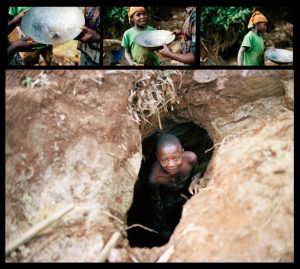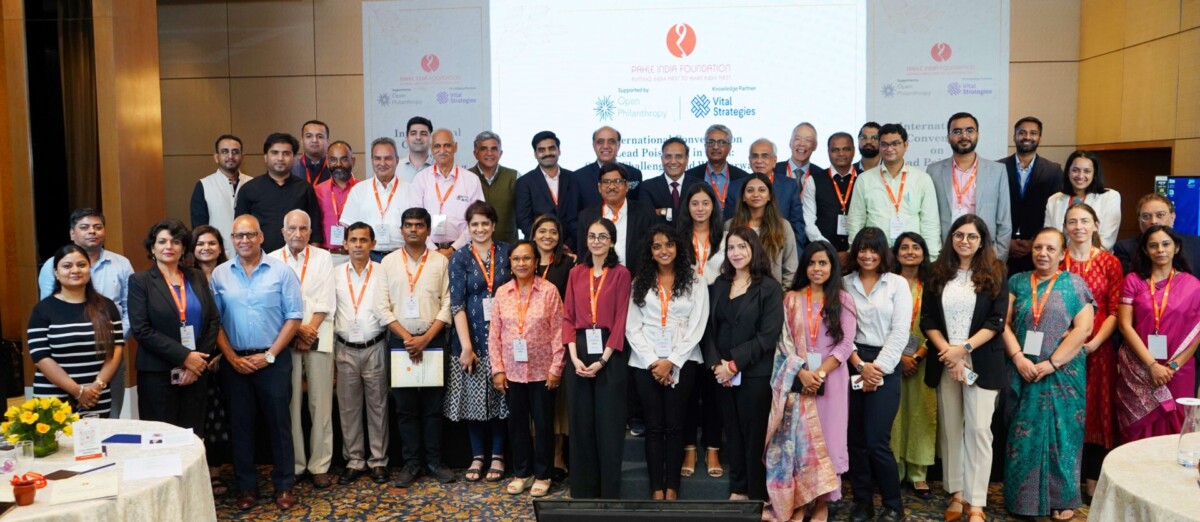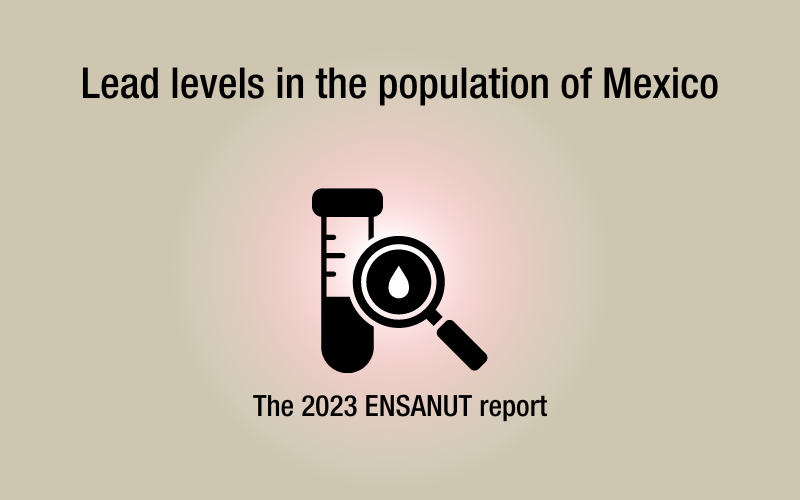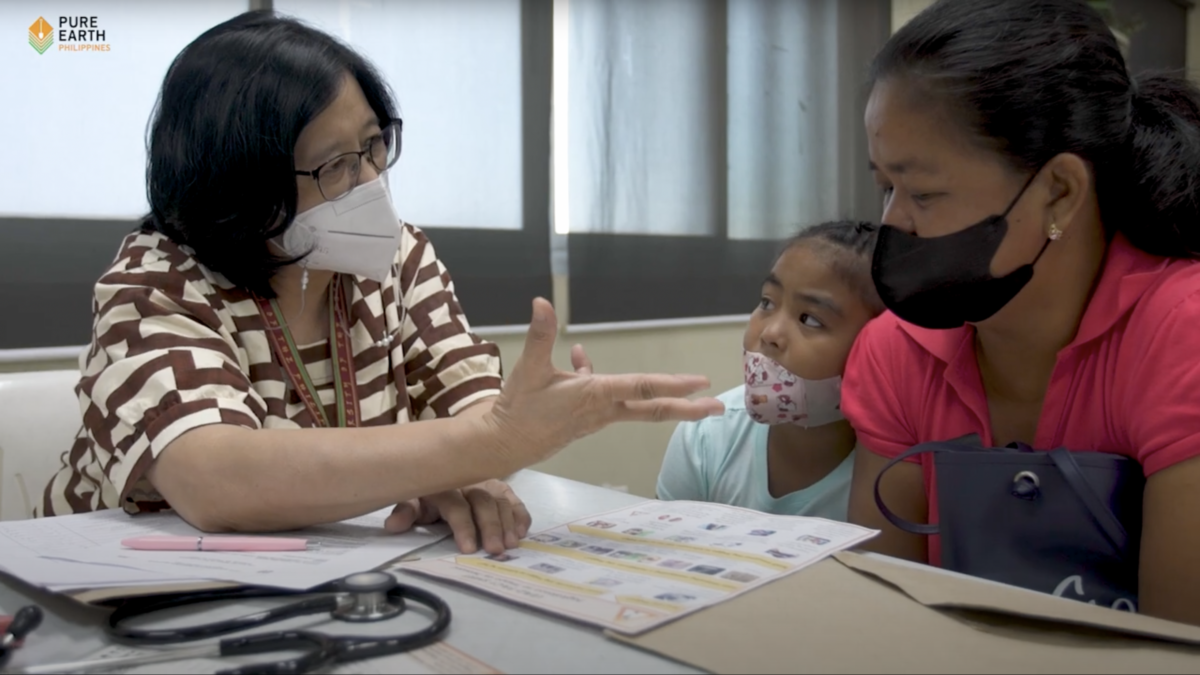
Recently, a young environmentalist, who had done some work for Blacksmith, returned from Tanzania with some fascinating photographs and stories to share.
Madeline and her friend Evan were there to help the Kilimanjaro Hope Organization (KIHO), a small NGO established by four local activists to solve environmental issues in rural villages.
In Gonja, high in the remote Pare mountains, the pair saw and documented the damage a gold rush can do in just a couple of years. Here is what they told us:
We spent a week in Gonja, a rural mountain village, where illegal small-scale gold mining has polluted the village’s only river and primary water source. The pollution was highly visible. The mining released a metallic sediment into the river that would form a red sheen on the surface of the water. Our host, Seraphine Mngullu, grew up in Gonja. After taking us to the river he told us that just two years ago, before gold was discovered in Gonja, the water was clear. When we visited, the water was a pale brown mush. Additionally, the mines litter the sides of the riverbank, eroding nearby farmland and drying the river to a stagnant stream.
Life in Gonja has been altered by gold mining. Once a traditional farming village, the area has been plagued by drought, forcing villagers to seek additional income. The discovery of gold has shifted the local economy. Children, as young as eight, are dropping out of school to work in the mines to provide for their families.
The locals are very aware of the dangers from the mining process. Gonjans halted all agricultural and municipal use of their water. The river was their only source for water and if it hadn’t been for the work of KIHO, they might have never recovered. KIHO helped Gonjans discover a spring further up the Pare Mountains and built a pipe that carried the water down to their village.
Gonjans feel strongly that gold mining has irrevocably changed their village for the worse. One local told us, “It is very sad, what has happened to the river.” Gold mining is viewed as a way to provide for their families when there are no other options.
See more photographs and read from field notes from a warming land. All images are by Madeline Cottingham and Evan Simon.






We are very happy with the good work done by our friends Madeline and Evan. As voice for the voiceless, speakers for those who can’t raise there voices the managed to deliver the massages to the environmental friendly world community. Thanks very much also Blacksmith journal for accepting to publish this story. You made the world to know our problems.
Please I would like to know the following;
1. As environmental partners/friends who speak out environmental problems happening in different communities; how do you help in seeking the solution of there problems.
2. How do you work hand in hand with with this communities, NGO’s and other institutions to make sure that their problems which you wrote gate solutions?
3. Do you help in seeking funds for problems solution projects created by these communities or NGOs and how?
We have followed the work of Blacksmith Institute for quite some time now and I have added your blog to my “Environmental Link” list at http://www.habertalk.com/
Public awareness and support for environmental issues has definitely increased over the years thanks to the many organizations that have taken the initiative as a voice of reason for the palnet and it’s inhabitants.
Dear friends,
Thanks for your efforts. It is a wonderful work you are doing. Let us hope we get some people of Goodwill to help these people. We need to care for this wonderful World. We need to care for our environment. Let us try to work together dear brothers and sisters’
Kindly regards
Evarist